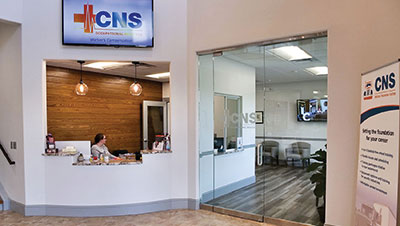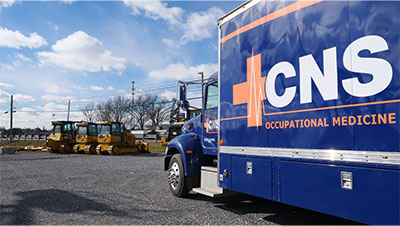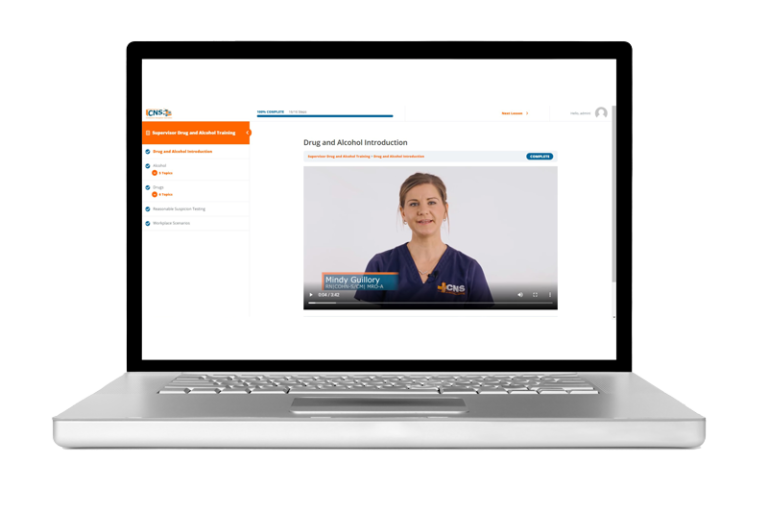OSHA is considering rulemaking to revise its standards for occupational exposure to lead as adverse health effects in adults can occur below current lead level standards, according to an Advance Notice of Proposed Rulemaking.
Lead poisoning is usually caused by months or years of exposure to small amounts of lead and can happen quickly if exposed to high amounts of lead.
Lead exposure can occur if you breathe fumes and dust that contain lead, especially in industries like:
- Auto repair
- Precious metals refining
- Construction, particularly remodeling or renovating
- Professional painters
- Abatement work (such as asbestos removal or hazardous waste-related work)
- Battery manufacturing or recycling
The most common method to identify and measure lead in the body is a medical exam to measure the amount of lead in blood. A blood lead test is mainly an estimate of recent exposure to lead over the last 3-4 months.
This ANPRM is based on medical findings since the issuance of OSHA’s lead standards.
Adverse health effects in adults can occur:
- At Blood Lead Levels (BLLs) lower than the medical removal level (≥60 μg/dL in general industry, ≥50 μg/dL in construction)
- Lower than the level required under current standards for an employee to return to their former job status (<40 μg/dL)
Why OSHA is considering stricter lead exposure rules
In 2013, the Department of Defense (DOD) commissioned the National Research Council (NRC) to conduct a study to determine whether current OSHA exposure standards used on firing ranges are protective.
The committee concluded that current OSHA standard of a BLL of under 40 μg/dL is not sufficiently protective of personnel who have repeated lead exposures on firing ranges.
In 2018, DOD subsequently modified the medical removal triggers for military and civilian DOD personnel, lowering the BLL exposure limit to 20 μg/dl or greater with an employee return-to-work BLL of 15 μg/dL or less.
That same year, Michigan OSHA’s State Plan (MIOSHA) revised its lead standards for general industry and construction from 50 μg/dL to 30 μg/dL for both standards. In addition, the BLL at which an employee may be returned to work involving lead exposure was changed from < 40 μg/dL to 15 μg/dL in both standards.
OSHA wants your comments and input for rulemaking
OSHA is seeking to make stricter occupational lead exposure level standards. They want input on:
- Blood lead level triggers for medical removal protection
- Medical surveillance provisions, including triggers and frequency of blood lead monitoring.
- Permissible exposure limit
- Ancillary provisions for personal protective equipment, housekeeping, hygiene and training
The ANPRM will also gather comments on employers’ current practices that address workplace lead exposure and associated costs and other areas of interest.
Join us in submitting comments online by Aug. 29, 2022.
Staying in compliance with OSHA lead exposure testing rules
To ensure employers stay compliant with OSHA rules, CNS Occupational Medicine team provides zinc protoporphyrin blood testing, which can measure intermittent lead exposures over time as one of the physiological changes that occur from lead in the body is a buildup of protoporphyrin in red blood cells.
Stop waiting at hospitals or urgent care clinics. We offer onsite workplace clinic services, mobile units, or testing at out locations in PA and DE.
Our knowledgeable examiners are focused on best-in-class customer service when it comes to treating workers and employers to create long term health and wellness.
For more information, contact us at 800.551.9816 or info@cnsoccmed.com.










